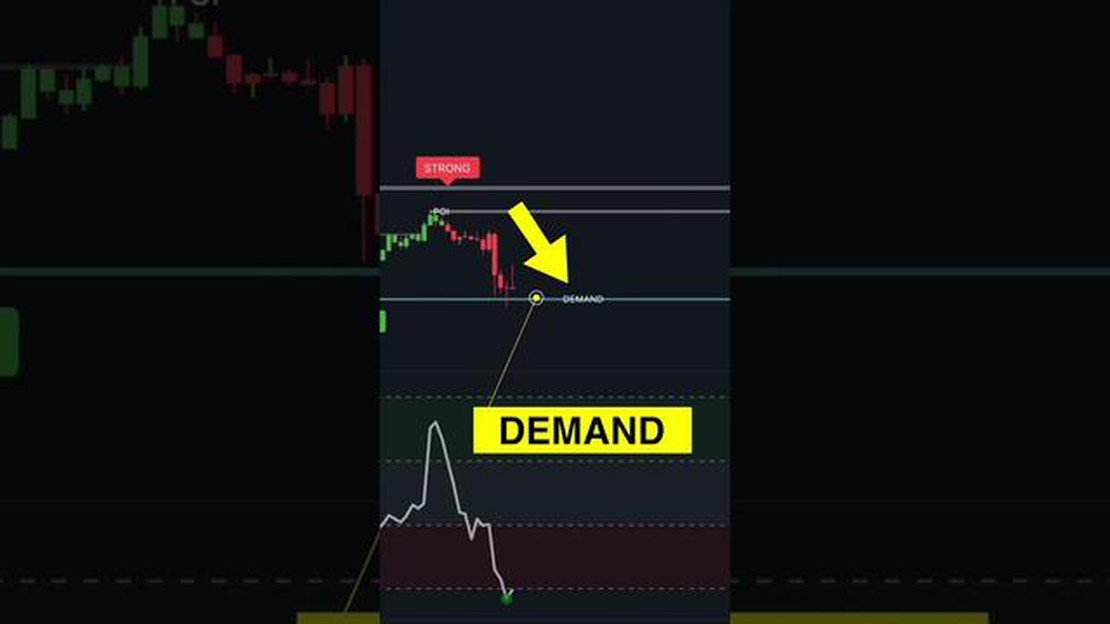Target Price for CSIQ: What Investors Need to Know
Target Price for CSIQ: What Investors Need to Know As an investor, it is important to stay informed about the target price for stocks in order to make …
Read Article
Monitoring a forex chart is an essential skill for any trader looking to maximize their profits in the foreign exchange market. With a vast array of currency pairs and constantly fluctuating prices, it can be challenging to stay on top of the latest trends and make informed trading decisions. However, with the right techniques and strategies, monitoring a forex chart can become a powerful tool in your trading arsenal.
One of the key aspects of effective chart monitoring is understanding different timeframes. Forex charts are available in various timeframes, ranging from one minute to one month. Each timeframe provides a different level of detail and reveals unique trading opportunities. By regularly switching between timeframes, you can gain a comprehensive view of the market and identify trends or patterns that may be invisible on shorter timeframes.
Another crucial tip is to pay attention to key support and resistance levels. Support levels refer to the price level at which an asset tends to stop falling, while resistance levels indicate the price level at which an asset tends to stop rising. These levels are significant because they indicate areas where the price is likely to reverse or consolidate. By identifying and marking these levels on your forex chart, you can anticipate potential price movements and adjust your trading strategy accordingly.
Moreover, incorporating technical indicators into your chart monitoring routine can provide valuable insights and confirmation of potential trading opportunities. Technical indicators, such as moving averages, stochastic oscillators, or relative strength index (RSI), can help you identify overbought or oversold conditions, trend reversals, or potential entry and exit points.
By combining these pro tips and developing a disciplined approach to chart monitoring, you can enhance your trading skills and make more informed trading decisions in the forex market. Remember that practice makes perfect, and continuously monitoring and analyzing forex charts will give you a competitive edge in this fast-paced and dynamic market.
Monitoring a forex chart is an essential skill for any forex trader. It allows you to analyze market trends and make informed trading decisions. However, effective chart monitoring requires a systematic approach. Here are some key steps to follow:
By following these key steps and refining your chart monitoring skills, you can enhance your trading performance and increase your chances of success in the forex market.
Monitoring a forex chart is important because it allows traders to track the price movement of currency pairs in real-time. By keeping a close eye on the chart, traders can identify trends, patterns, and potential trading opportunities. It also helps them make informed decisions and react quickly to market changes.
Some effective tips for monitoring a forex chart include setting up price alerts to be notified of significant movements, using multiple time frames to get a comprehensive view of the market, using technical indicators to identify trends and support/resistance levels, and regularly reviewing and analyzing the chart to spot patterns and potential trading opportunities.
The frequency of monitoring a forex chart depends on your trading strategy and time availability. If you are a day trader, you may need to monitor the chart more frequently, like every few minutes to an hour. If you are a swing trader or position trader, checking the chart a few times a day or once a day may be sufficient. The key is to monitor the chart regularly enough to stay informed and take advantage of trading opportunities.
Some common mistakes to avoid when monitoring a forex chart include over-analyzing and over-trading, being influenced by emotions rather than sticking to the trading plan, not using stop-loss orders to manage risks, and neglecting to monitor important news and economic events that may impact the market. It is also important to avoid getting too attached to a trade or becoming impatient, as this can lead to impulsive and irrational decision-making.
Target Price for CSIQ: What Investors Need to Know As an investor, it is important to stay informed about the target price for stocks in order to make …
Read ArticleIs Usdcad Expected to Rise or Decline? The USD/CAD currency pair is one of the most closely watched in the forex market. As the exchange rate between …
Read ArticleWhat happens to my shares if I leave the company? When working for a company, especially a startup or a publicly traded company, it is important to …
Read ArticleMargin on Interactive Brokers Forex CFD Interactive Brokers is a well-known brokerage firm that offers a wide range of investment products, including …
Read ArticleIs Binary Options Legal in Netherlands? Binary options trading has gained popularity in recent years as a way for individuals to make quick profits. …
Read ArticleHow to Calculate Lot Size MT4? One of the key aspects of successful trading in MT4 is determining the appropriate lot size for your trades. Lot size …
Read Article